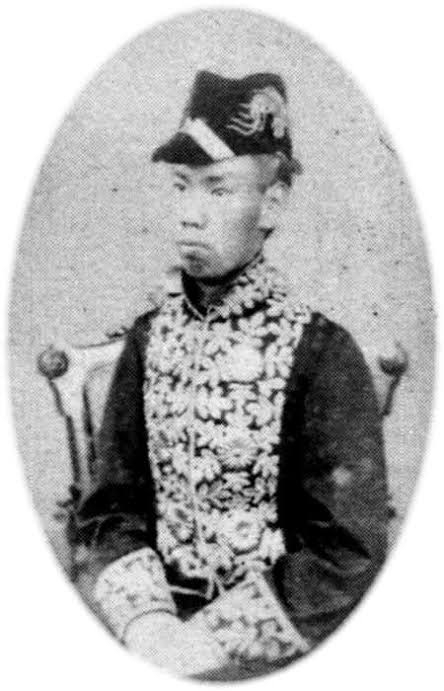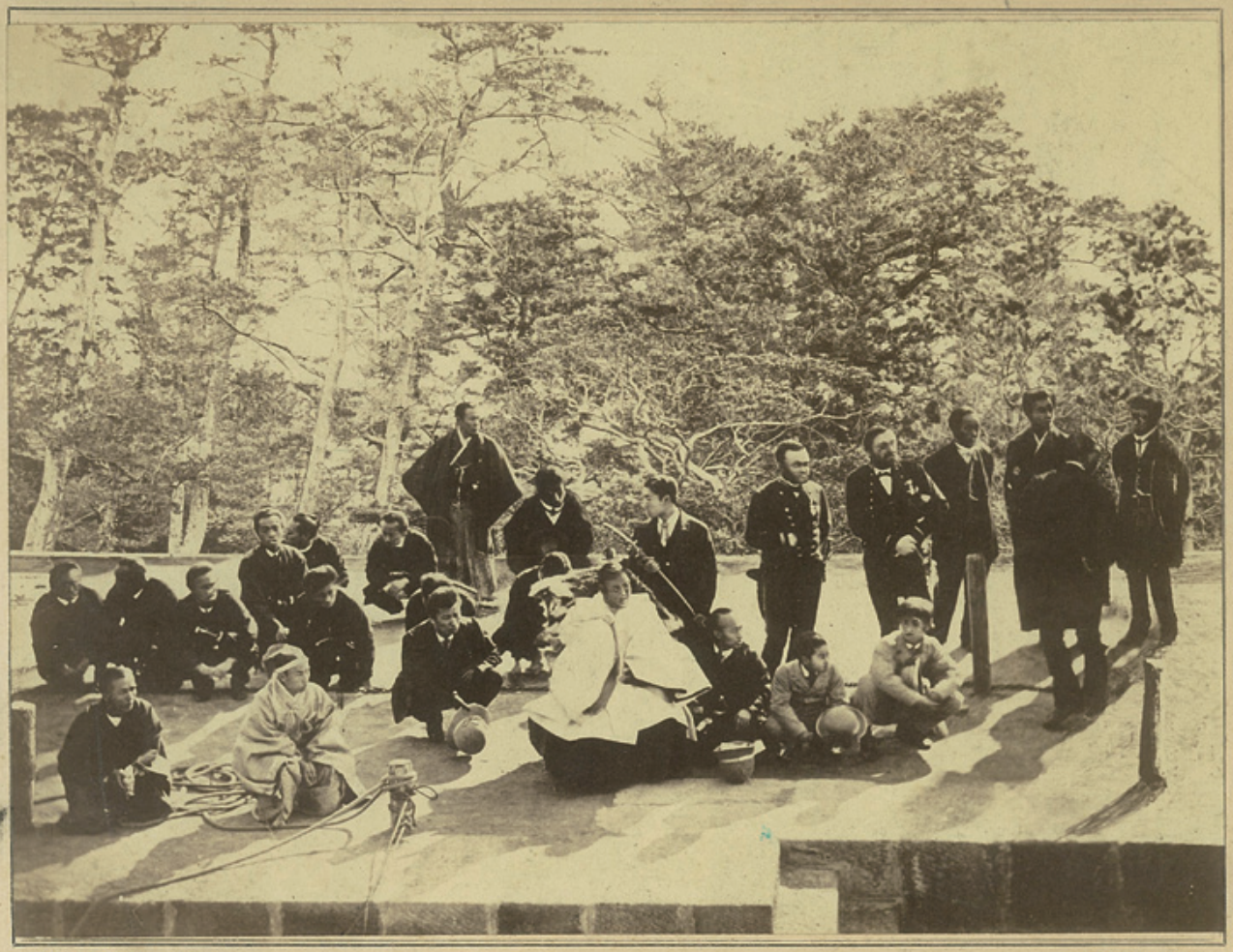The Republic of China
In early 1912, the Qing Dynasty officially transferred its right to rule to the Republic of China, who named Yuan Shikai as their president in exchange for ending the civil war. Shikai, however, would soon prove just as power-hungry and authoritarian as the imperial system he sought to replace.








Recent Comments